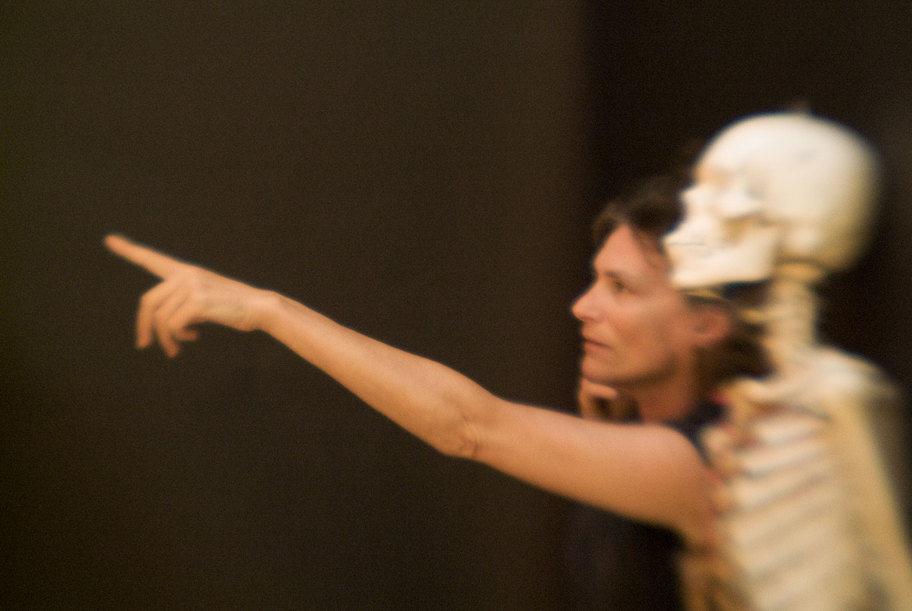

Caryn McHose
somatic movement therapist
When I was five, my parents sent me to a dancing school because they thought I was too shy and awkward. I remember coming into the studio and feeling free, for the first time, feeling a connection to something bigger than myself, feeling I was free and safe to express myself, physically, spiritually, and emotionally. That was like a miracle.
Those are the words that I have for it now, but the sensation is like this: it’s kind of dim and then the light gets turned on. I thought that was what dance was about for everyone, connecting to the ground, to the sky, to spirit, to aesthetic investigation. I grew up having the discipline for the physicality of that work, but the discipline of reflecting on and creating art – that still seems to be why I get up in the morning.
From Our Hearts; Sharing Stories
Photographer: Susan Lirakis
Exhibit Title: From Our Hearts; Sharing Stories
Location: United States
I often find myself, mistakenly or not, confronted with the existential questions of “Why am I here? What has meaning for me? What is a purpose-filled life?” For the photographs in this series, I seek to answer these questions through portraits and interviews with my subjects. Of each of them, I ask questions like, “What makes you want to get out of bed in the morning? What feeds you? Where do your dreams come from? How do you come to listen to them?” The answers are inspiring, comforting, and joy-filled, and the enthusiasm with which each speaks of their passions is energizing. Though the specifics of our actual stories may be unique, the stories also connect us with their shared humanness. In a time of rapid and drastic change, it's helpful to look to the spaces between moments--where joy abides and the questions no longer matter.
Note: Paired with each of the portraits is an excerpt from a longer interview. Audio bits are available, too, via QR code.
susanlirakis.com
Make Comment/View Comments